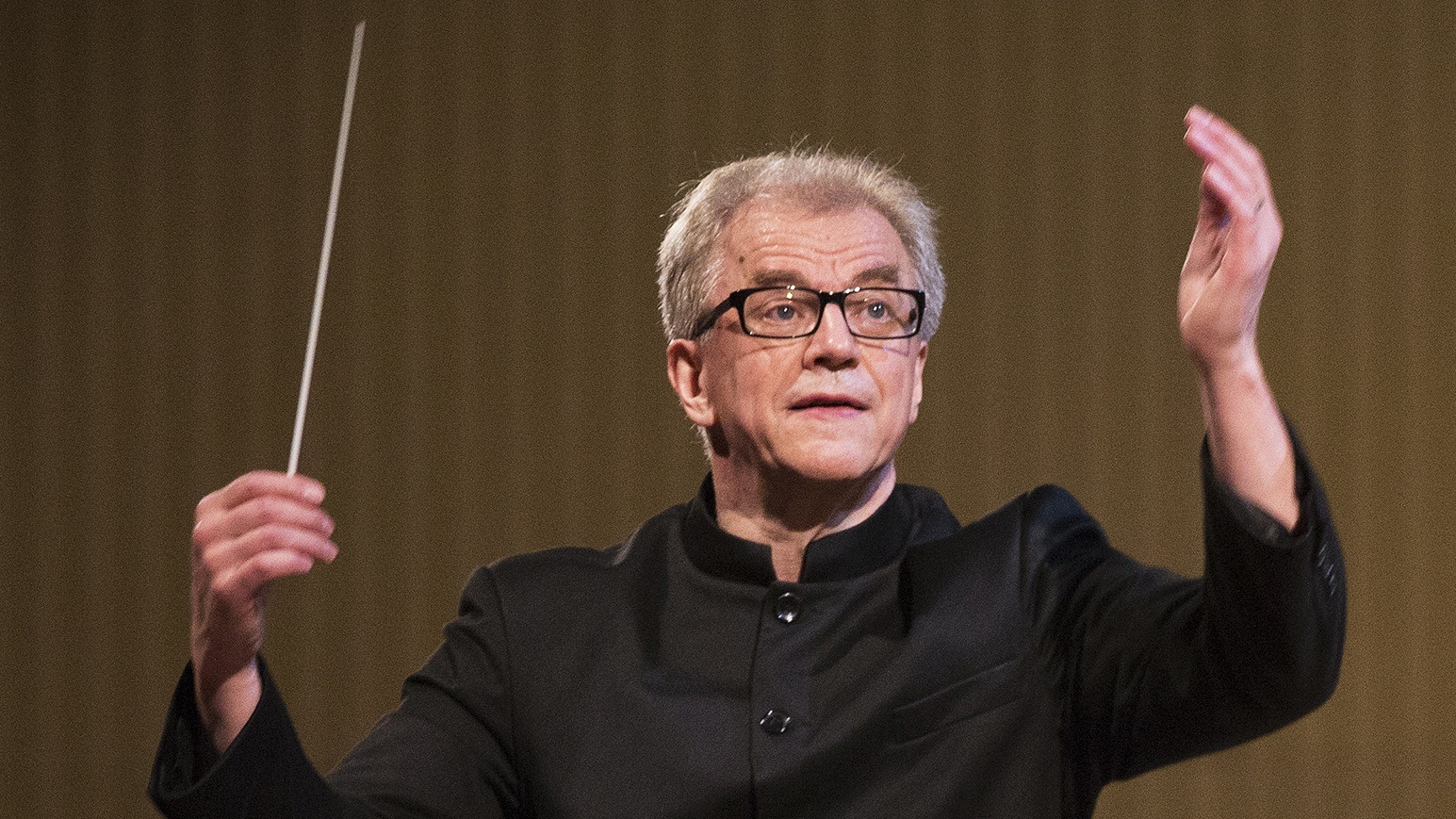A spectacular new hybrid SACD recording of Mahler’s Sixth Symphony, featuring Osmo Vänskä and the Minnesota Orchestra, came out earlier this month on the Swedish label, BIS Records.
This is the second installment in a project which will include the complete cycle of Mahler Symphonies. (The Fifth Symphony was released last July). Vänskä and the Minnesota Orchestra have already recorded the complete symphonies of Beethoven and Sibelius. The hybrid recording technology attempts to capture the “surround sound” experience of the concert hall.
The conductor Bruno Walter noted that the Sixth Symphony’s nightmarish final movement “ends in hopelessness and the dark night of the soul.” This movement is filled with strange sounds, from the augmented percussion section which includes cowbells, low offstage bells, and fateful hammer blows, to ghostly passages like this.
But first, listen to the powerful drama which unfolds in the Andante moderato:
Recordings
- Mahler: Symphony No. 6 in A minor, Minnesota Orchestra, Osmo Vänskä minnesotaorchestra.org


Lots of beautiful playing here, but I can’t get behind a performance that places the Andante moderato as the second movement. The finale is SO much more jarring when the Andante immediately precedes it and offers a dramatic contrast that leaves a much stronger imprint on the listener.
That’s a great point, Michael. This article goes into some detail regarding the confusion over the ordering of the movements.
Great write-up, Timothy. And Michael, I was thinking the same thing. Timothy, the link you offered seems to be broken. It only opens a 404 for me – could you resend? Curious what it is. Thank you!
In his November, 2007 Gramophone article, James Conlon writes,
Thank you!
Why can I not see this recording as a member of The Listeners Club ? (Gustav Mahler Symphony No. 6)
Sorry to hear you’re having difficulty with the video, Christopher. Unfortunately, some youtube clips are blocked in some countries.